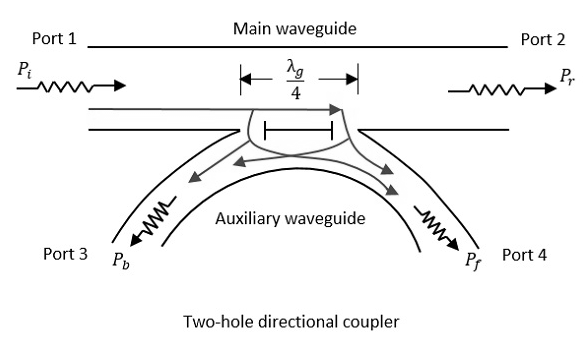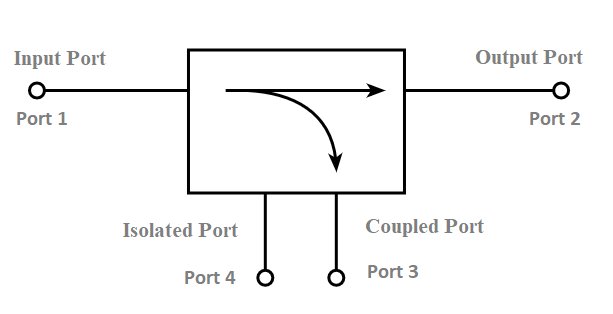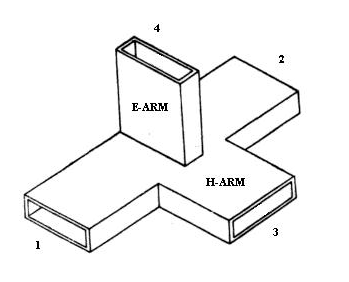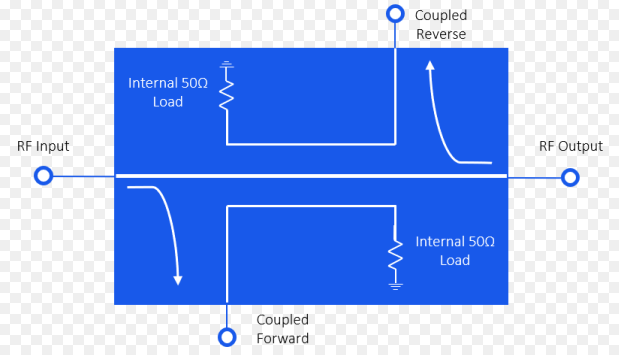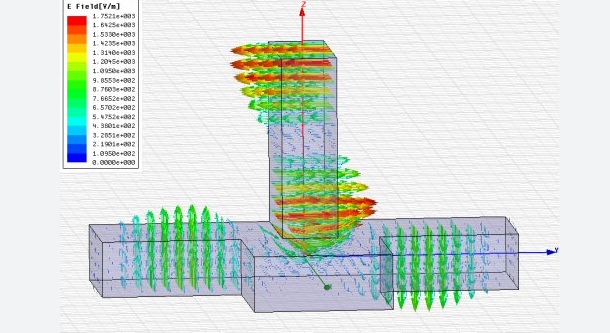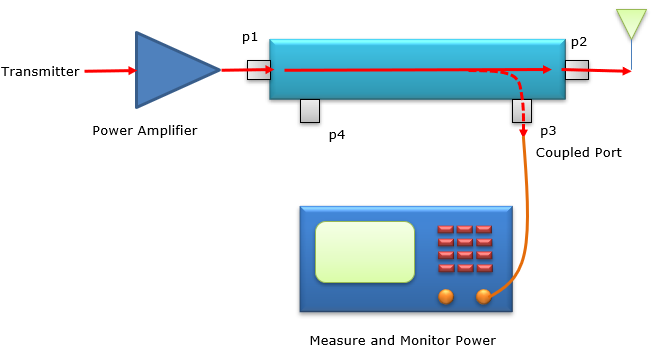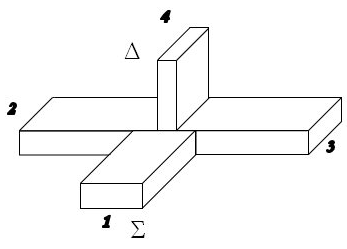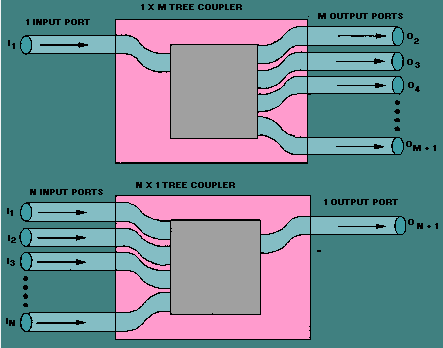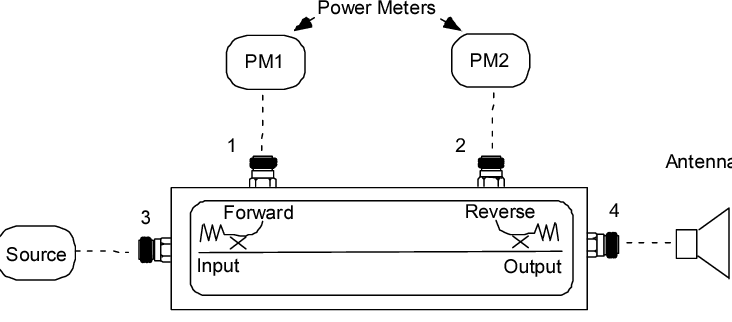What is directional in directional coupler
Directionality in directional couplers refers to their ability to distinguish between forward and reflected signals, often exceeding 20 dB in directivity. Basics of Directional Couplers Directional couplers are critical devices in RF and microwave engineering, allowing the sampling of signal energy without disturbing the signal significantly. In particular, they are used to route signals coming […]
What is directional in directional coupler Read More »

